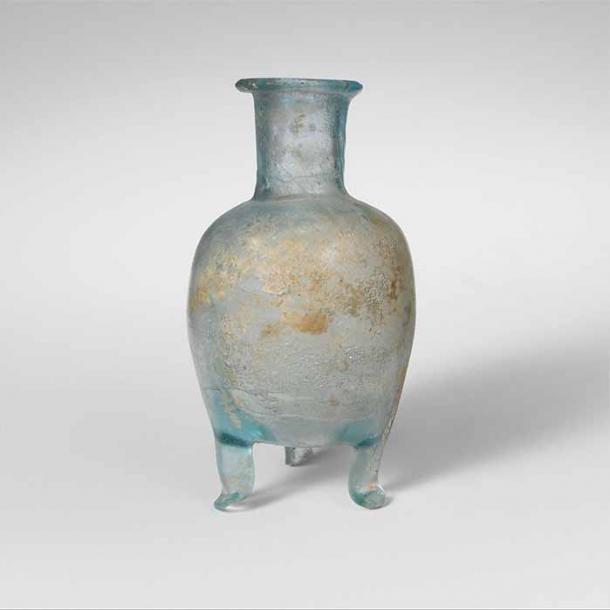Glass, a material we often take for granted today, has a rich and fascinating history. Once reserved for the elite, glass was a treasured material among the kings and royal dynasties of the past. The earliest evidence of glass-making dates back to at least 3,600 years ago in Mesopotamia (modern-day Iraq). However, there is debate among archaeologists about the true origins of glass-making, with some suggesting that the Mesopotamians may have copied techniques from Egypt, while others argue that the first glass-makers lived in coastal north Syria.

In ancient times, glass was produced using crushed sand quartz and various chemical additives to achieve different colors. The technology of the time limited people to making glass beads, figurines, and simple bottles, as they did not yet have the ability to blow glass into spherical forms.
In China, glass craftsmanship emerged during the Warring States period (475–221 BC). In both the ancient East and West, glass was considered a luxury item, used for creating jewelry and expensive tableware. This transparent, malleable, and rigid substance was revered as a sacred amalgam of rock, water, and air. Glass beads crafted in ancient Mesopotamia have been found in Egypt, dating back to around 2500 BC, while glass vessels first appeared around 1450 BC during the reign of Tuthmosis III (1490–1436 BC), the sixth pharaoh of Egypt’s 18th Dynasty.

The use of glass flourished during the Late Bronze Age (1600 to 1200 BC) in regions such as Egypt, Mycenaean Greece, and Mesopotamia (Syria and Iraq). In ancient Egypt, pharaohs surrounded themselves with luxurious imported objects in life and were often buried with them to aid their journey in the afterlife. This is evident in the discovery of King Tutankhamen’s tomb by archaeologist Howard Carter in 1925 in the Valley of the Kings. The treasures from Tutankhamen’s tomb, now housed in the Egyptian Museum in Cairo, include many exquisite glass artifacts.
In the paper ‘The Glass Headrests of Tutankhamen’ by scholars Katja Broschat and Thilo Rehren, published in the Journal of Glass Studies, the funerary mask of Tutankhamen is described as featuring blue and gold glass inlays that framed the king’s face. These luxurious glass elements highlight the significance and value of glass in ancient cultures, where it was not only a material of beauty but also one of deep symbolic importance.

The legacy of ancient glass-making continues to influence modern applications, from art and architecture to technology and science. The evolution of glass from a sacred, luxurious material to a common, everyday substance reflects the advancements in human ingenuity and technology. As we look to the future, the potential applications of glass in various fields continue to expand, promising new innovations and discoveries.

